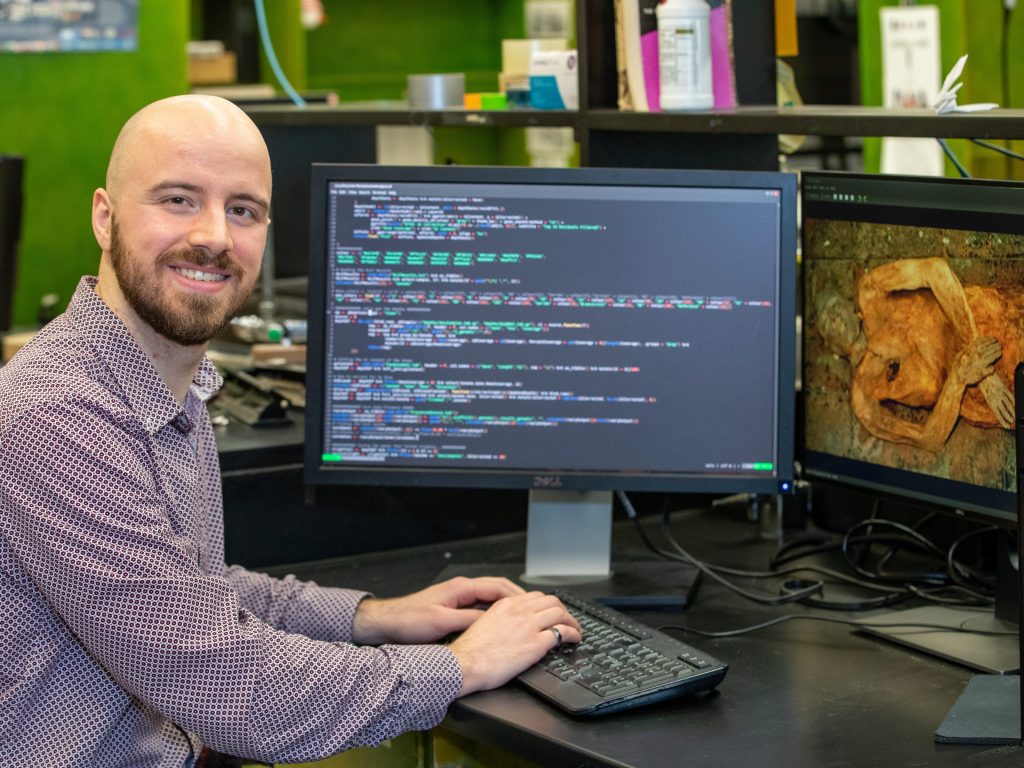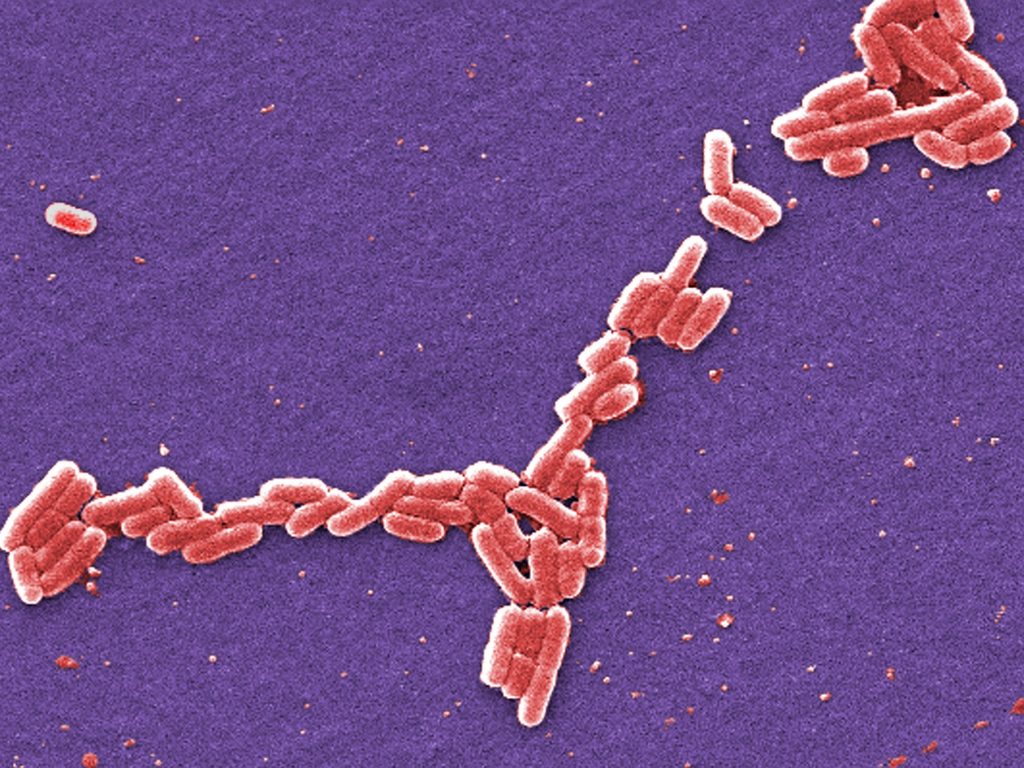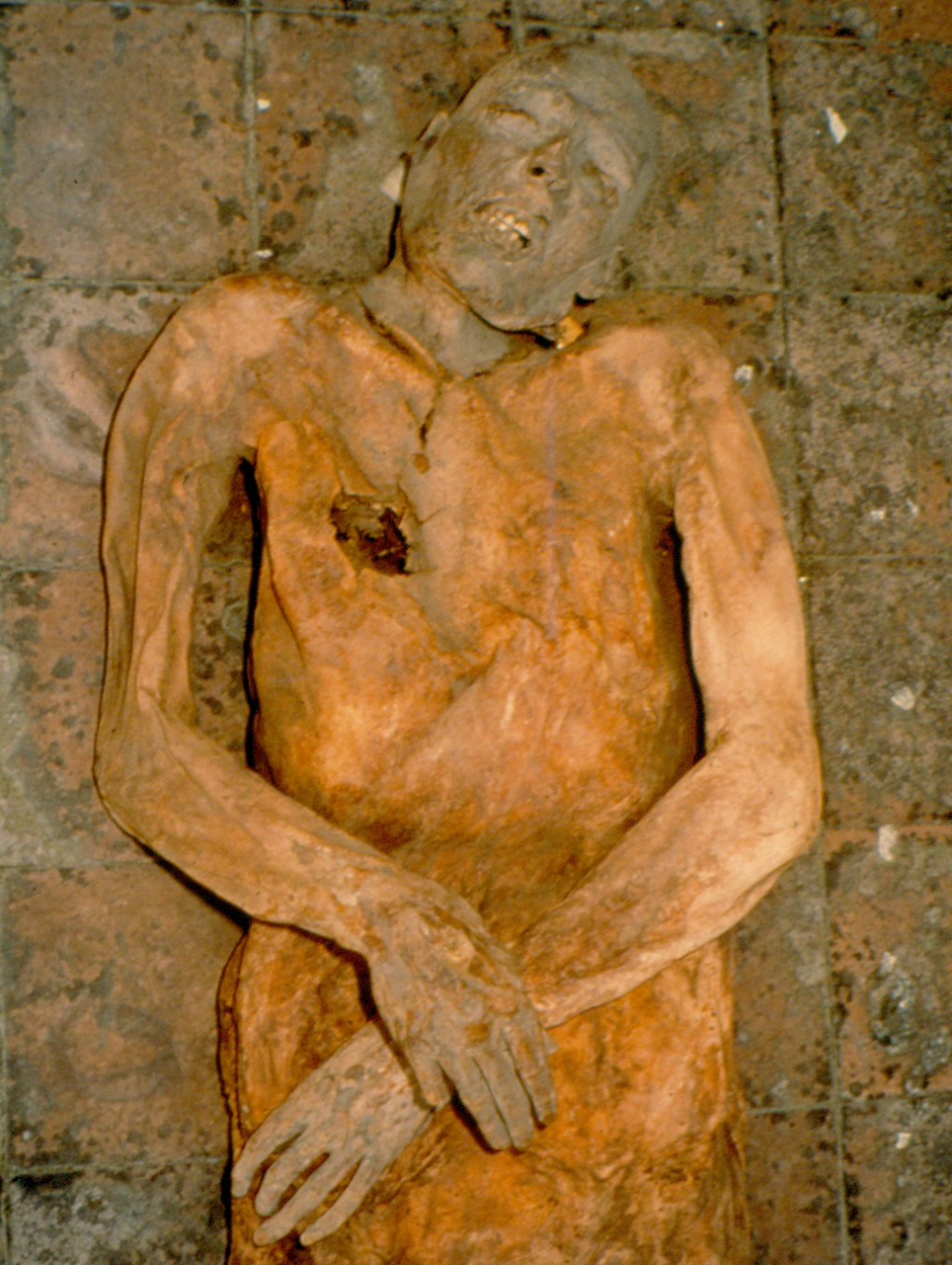- Researchers reconstructed the genetic code of E. coli bacteria from an Italian nobleman who died in 1586.
- E. coli is commonly found in human and animal intestines, but certain strains can make people sick.
- Researchers hope their findings will allow scientists to study how the bacteria has evolved.
E. coli, short for Escherichia coli, has been among the most thoroughly studied bacteria since it was discovered in the 19th century, but researchers are only starting to understand its evolutionary history.
Now, for the first time, scientists have extracted the genetic code of a 400-year-old version of the pathogen from an Italian mummy.
In a study published Thursday in the journal Communications Biology, an international team of researchers analyzed the mummified remains of an Italian nobleman from the Renaissance period, whose well-preserved body was recovered along with other nobles in Naples, Italy, in 1983. Giovani d'Avalos — the individual studied — was 48 when he died in 1586, from what is thought to be chronic gallbladder inflammation from gallstones.
"It was so stirring to be able to type this ancient E. coli," Erick Denamur, who led the French research team that collaborated on the study, said in a statement. While the genome was unique, Denamur said it was evolutionarily similar to bacteria that still cause gallstones today.

While most strains of E. coli are harmless, some result in serious infections and make humans sick. But unlike smallpox, an infection with outward signs on the human body, like red spots on the skin, an E. coli infection is characterized by stomach problems and not visible to the human eye.
"When we were examining these remains, there was no evidence to say this man had E. coli," George Long, a graduate student at McMaster University and lead author of the new study, said in a press release. "No one knew what it was."

"We were able to identify what was an opportunistic pathogen, dig down to the functions of the genome, and to provide guidelines to aid researchers who may be exploring other, hidden pathogens," Long said.
Long and the rest of the team hope understanding the genome of an ancestor to the modern version of E. coli will help future scientists unravel how the bacteria evolved over time.
